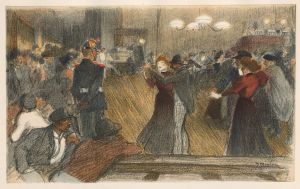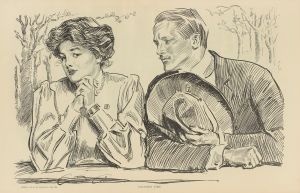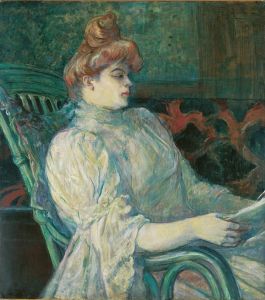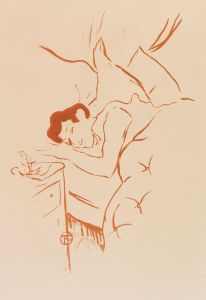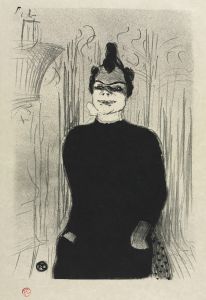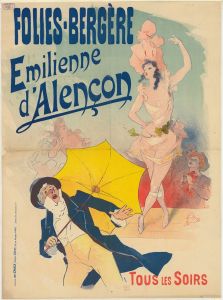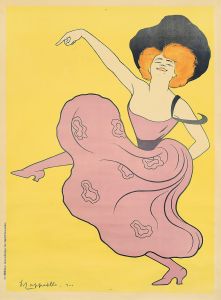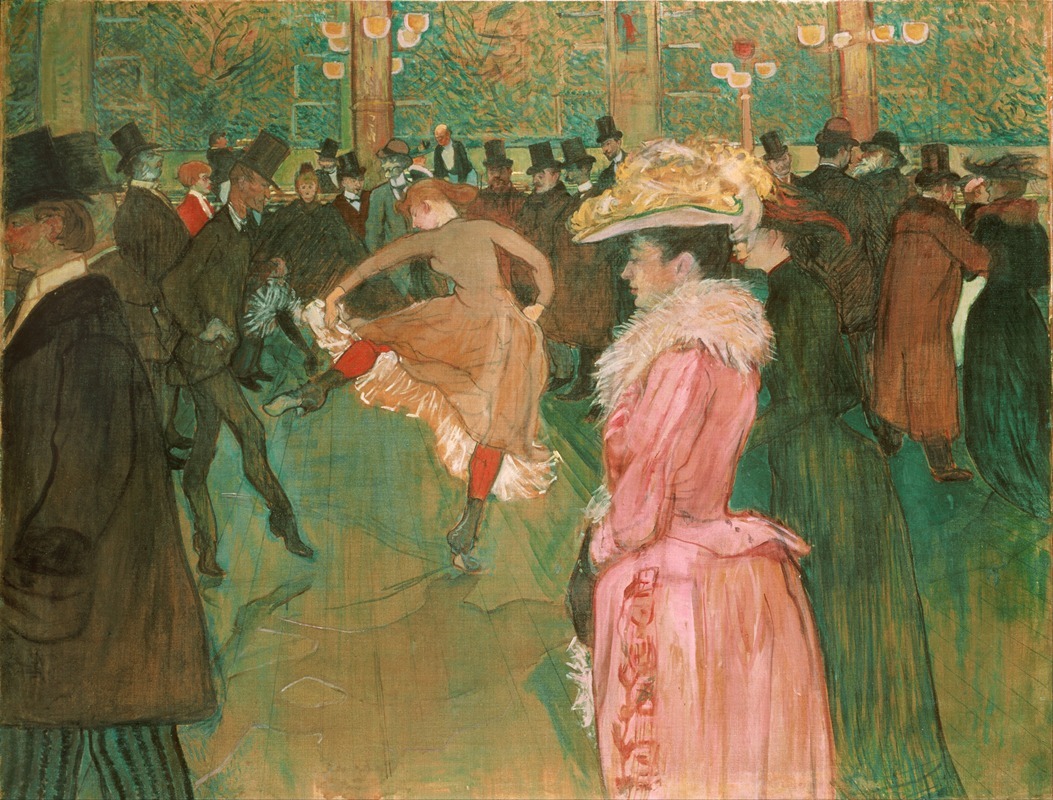
At the Moulin Rouge- The Dance
A hand-painted replica of Henri de Toulouse-Lautrec’s masterpiece At the Moulin Rouge- The Dance, meticulously crafted by professional artists to capture the true essence of the original. Each piece is created with museum-quality canvas and rare mineral pigments, carefully painted by experienced artists with delicate brushstrokes and rich, layered colors to perfectly recreate the texture of the original artwork. Unlike machine-printed reproductions, this hand-painted version brings the painting to life, infused with the artist’s emotions and skill in every stroke. Whether for personal collection or home decoration, it instantly elevates the artistic atmosphere of any space.
At the Moulin Rouge: The Dance is an oil painting created by the French artist Henri de Toulouse-Lautrec in 1890. The artwork is one of Toulouse-Lautrec's many depictions of the vibrant nightlife and entertainment culture of late 19th-century Paris, particularly centered around the famous cabaret, the Moulin Rouge. This painting captures the lively atmosphere of the dance floor, showcasing the artist's keen observation of human interaction and movement.
The composition features a couple dancing in the foreground, with the woman dressed in a white dress and the man in a dark suit. The dancers are surrounded by onlookers, who are seated or standing in the background, creating a sense of depth and activity. Toulouse-Lautrec's use of bold colors, dynamic brushwork, and dramatic lighting emphasizes the energy and excitement of the scene. The painting also reflects the artist's interest in capturing the personalities and social dynamics of the people frequenting the cabaret.
Toulouse-Lautrec was deeply influenced by the bohemian lifestyle of Montmartre, the Parisian district where the Moulin Rouge was located. He often depicted performers, dancers, and patrons of the cabaret in his works, offering a glimpse into the entertainment and social culture of the time. His art is characterized by its candid and often unidealized portrayal of his subjects, as well as his innovative use of color and composition.
At the Moulin Rouge: The Dance is notable for its depiction of the can-can, a popular and provocative dance of the era. The painting captures the movement and energy of the dance, as well as the interactions between the performers and the audience. Toulouse-Lautrec's ability to convey the vibrancy of the scene has made this work a significant example of his contribution to the Post-Impressionist movement.
The painting is currently housed in the Philadelphia Museum of Art, where it is part of the museum's extensive collection of works by Toulouse-Lautrec. It remains a celebrated example of the artist's ability to document the cultural and social life of Paris during the Belle Époque.





